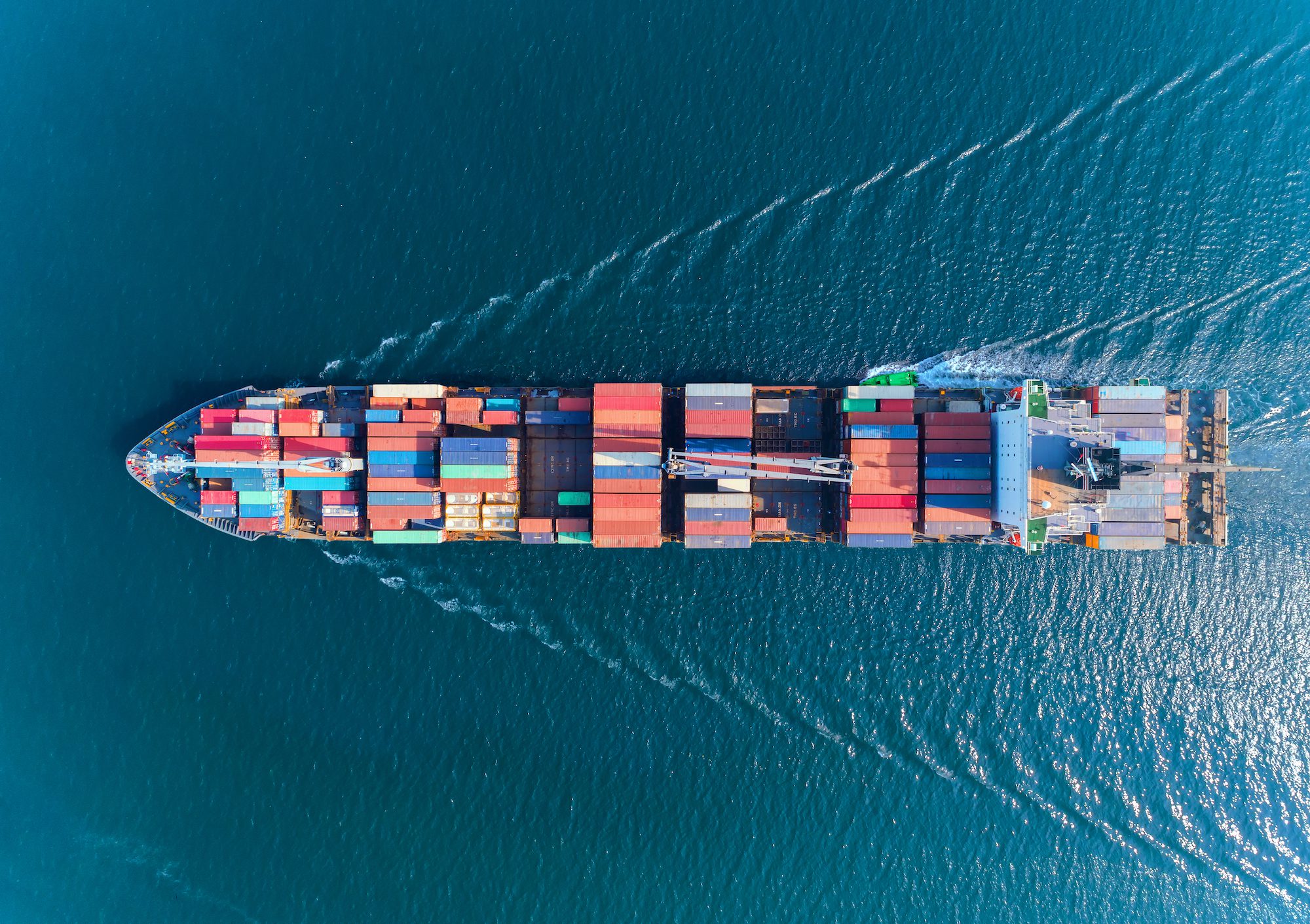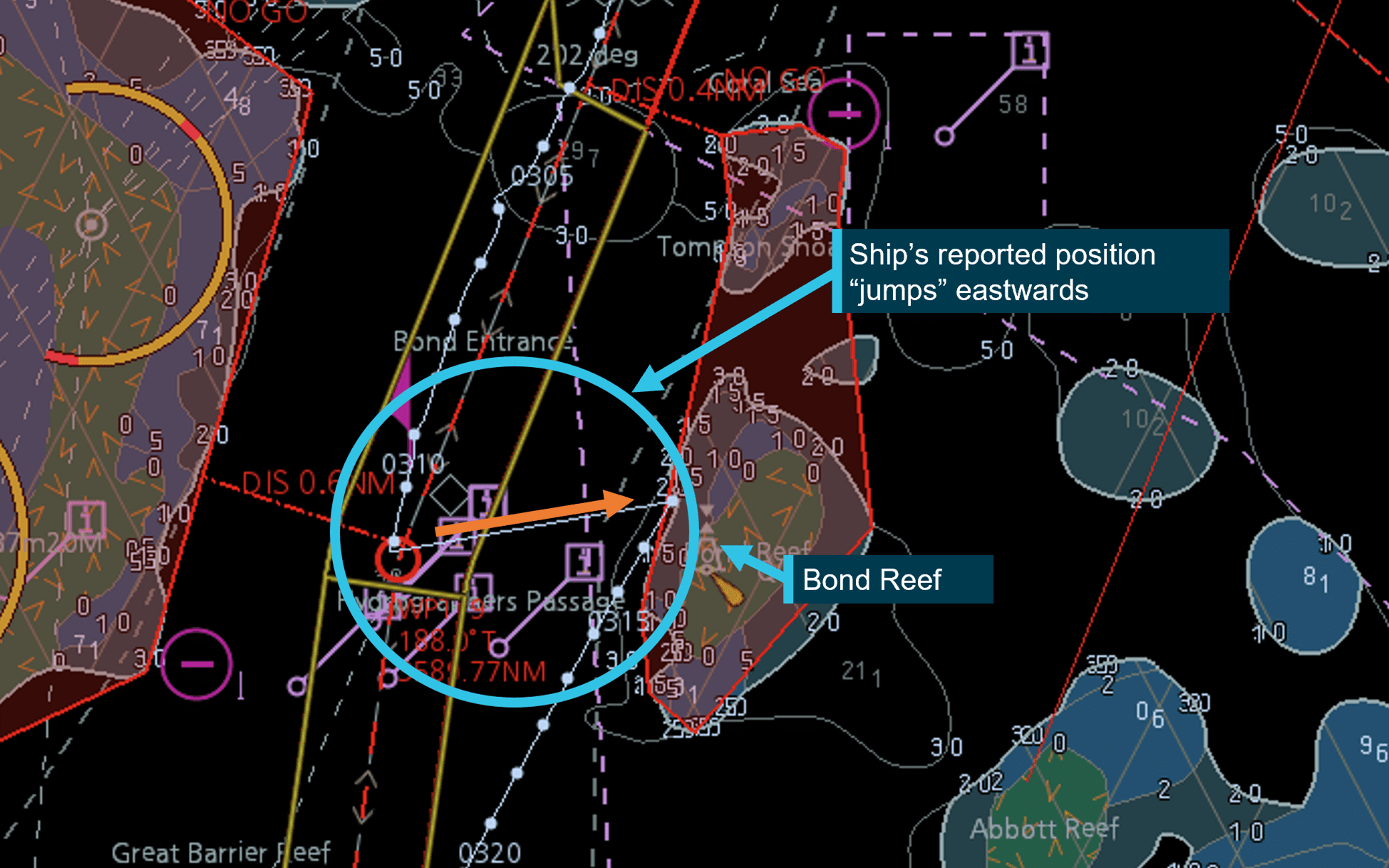By Barry Parker (gCaptain) –
Though the meetings of the International Maritime Organization’s IMO) Marine Environmental Protection Committee (MEPC) garner much of the attention with the all-important MEPC-80 set for this June, a lot of the detailed work, including the highly technical analytics that come with matters concerning fuel and emissions, occurs in the Working Groups taking place in between MEPC meetings.
The IMO is now finalizing the agenda for its upcoming Intersessional Working Group of Greenhouse Gas Emissions (ISWG-GHG 14/4/2, in IMO-speak) which will be held in late March at the IMO Headquarters in London.
In the big picture, the MEPC is likely to alter the roadmap for maritime decarbonization at its June meeting, fed by discussions and recommendations coming out of the Working Group.
Among the various papers presented for the upcoming Working Group meeting, the World Shipping Council (WSC) has weighed in on regarding the IMO’s all-important Data Collection System (DCS). The DCS, in turn, provides measurements of carbon intensity that are fed into well-known initiatives such as the Poseidon Principles (where maritime finance offerings are tied to Annual Efficiency Rating, or “AER”), and the hotly debated Carbon Intensity Indicator (“CII”), which is also tied to the AER measures.
In the words of Nick Makar, Senior Vice President, Maritime Administration / Regulatory Affairs at International Registries, Inc. which supports the Marshall Islands Maritime Registry, in talking about the CII measures on “The Last Dinosaur” podcast in late 2022, said: “The goal of these regulations is to be able to transport cargo more efficiently….to set a benchmark…to set a target.”
Among the complaints of critics in the bulk and liner shipping sectors, the CII readings are skewed against vessels in shorter haul trades; others have noted that AER does not consider whether vessels have cargo aboard, not distinguishing laden versus ballast moves. On the liner side, there have also been concerns about empty containers, or containers loaded with volumetric (rather than weight limited) cargo.
The WSC, representing liner owners, recommended in its latest submission to the Working Group (actually the 4th meeting of this group) that “disaggregating reporting of fuel use when ships are underway and at rest, for different fuel consumers (main propulsion engines, auxiliary engines and boilers) and to index emissions to cargo carried in preference to nominal capacity.”
The organization also reiterated an oft heard comment, writing that: “It is also critical that the metrics used to quantify cargo carried must recognize that different ship types are designed for different cargo parameters, at a high level this can be divided into those ships which carry volume and those which carry weight. There are also ship types which do not carry cargo. For container ships use of ‘TEU-miles’ is recommended as the most appropriate measure of cargo carried.”
In elaborating on the TEU miles concept, WSC offers that: “WSC believes that moving to a data system that is based on cargo carried, also requires using a cargo-unit appropriate to a given ship type. In this context, this document recommends the use of TEU-miles for containerships, recognizing that when quantifying cargo carried it is essential to recognize the fundamental differences between ship types and, by extension, the vital importance of using appropriate cargo-units for each ship type. Moreover, a standard volumetric unit (measured in TEU) is clearly the cargo metric used across the world’s economy for measuring cargo carried and delivered in the container trades.”
Unlock Exclusive Insights Today!
Join the gCaptain Club for curated content, insider opinions, and vibrant community discussions.

 Join The Club
Join The Club













